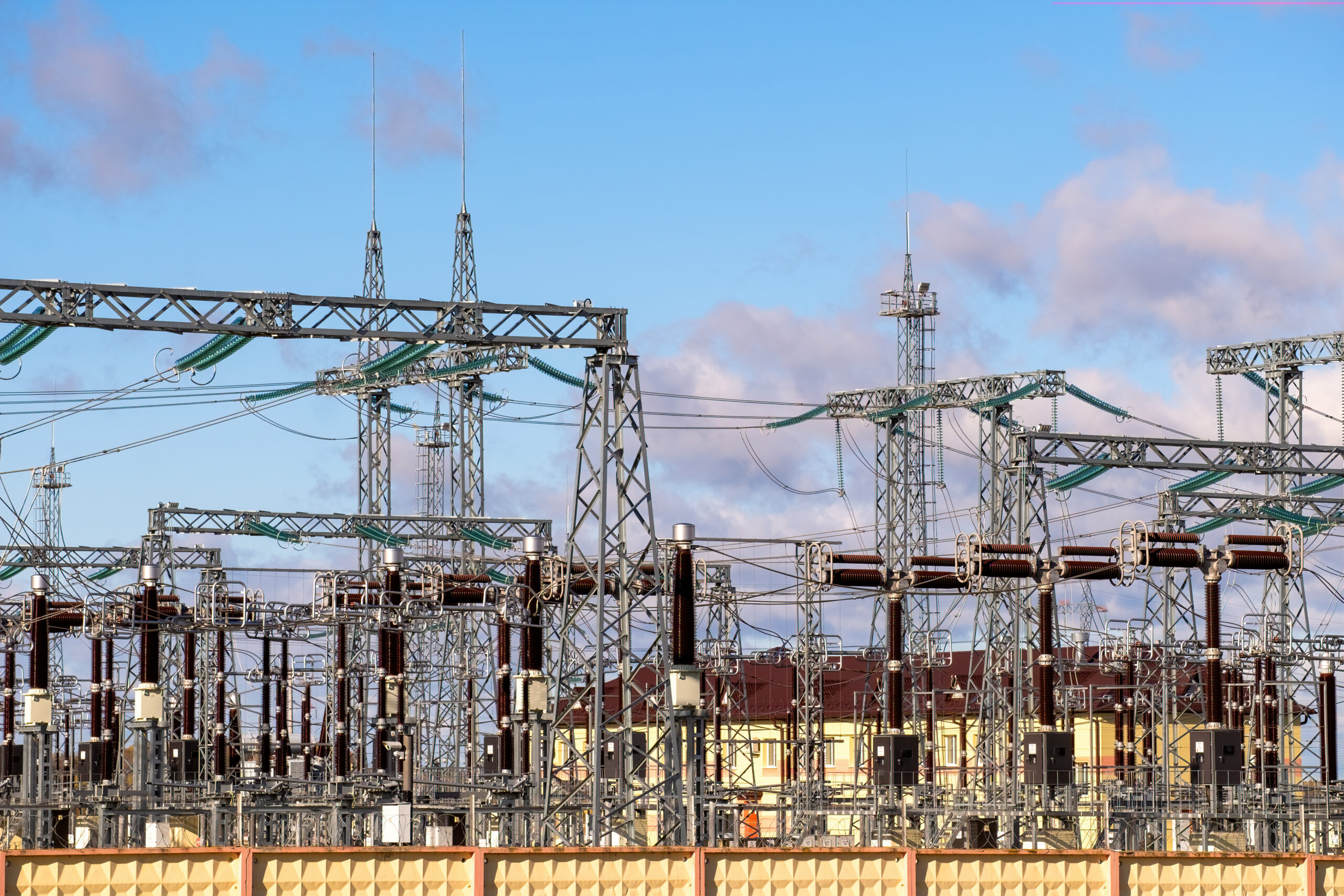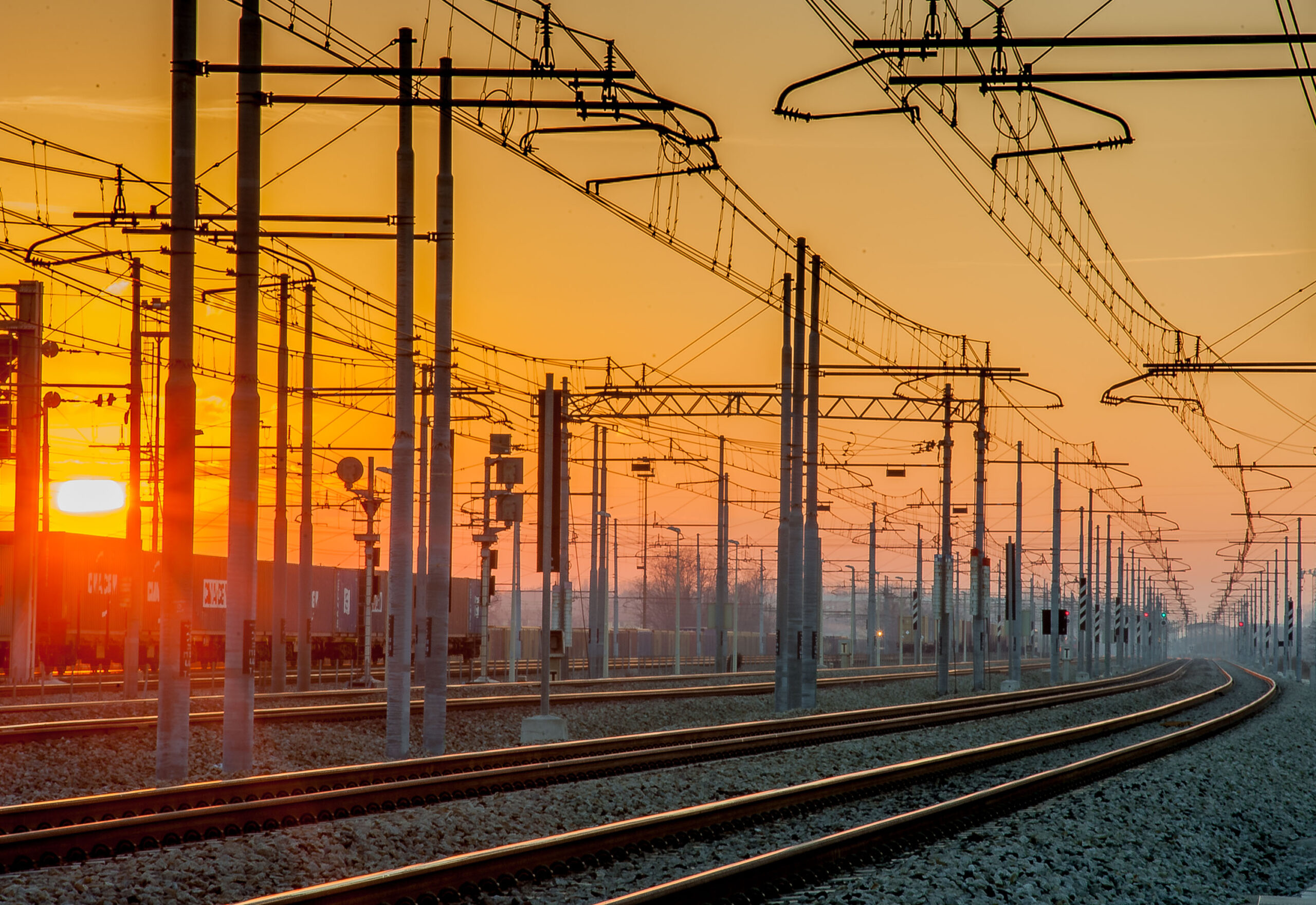Substation and Transmission Line Study
A substation is a key component of an electrical power system that transforms and distributes electricity from power plants to end-users. Substations are typically located near cities or large industrial areas and can be found in both urban and rural areas. They are responsible for receiving high-voltage power from the transmission lines and reducing it to a
lower voltage that can be distributed to homes and businesses. Substations also
serve as connection points for different power sources, such as wind or solar
farms.
Transmission lines on the other hand are the high-voltage power lines that carry electricity from power plants to substations. They are typically made of steel or aluminium and can span hundreds of miles. Transmission lines are crucial for delivering electricity over long distances and are an essential part of the electrical grid.
In an electrical power system, substations play a crucial role in transforming and distributing electricity from power plants to end-users. Located in urban and rural areas, these facilities receive high-voltage power from transmission lines and reduce it to a lower voltage for distribution. They also connect to different power sources, like solar or wind
farms. Meanwhile, transmission lines are the long-distance, high-voltage power lines made of steel or aluminium that transport electricity from power plants to substations. As an essential part of the electrical grid, transmission lines
make it possible to deliver electricity over hundreds of miles.
Types of Substations
Step-up substations
These substations are responsible for increasing the voltage of the electricity coming from the power plant to a higher voltage level that can be transmitted over long distances.
Step-down substations
These substations are responsible for reducing the voltage of the electricity coming from the transmission lines to a lower voltage level that can be distributed to homes and businesses.
Distribution substations
These substations are responsible for distributing electricity to homes and businesses. They typically operate at lower voltages than step-up or step-down substations.
Switching substations
These substations are used to control the flow of electricity through the transmission and distribution networks. They allow engineers to isolate faults and reroute power to ensure a reliable supply.
Components of a substation
Transformers
Transformers are used to increase or decrease the voltage of the electricity flowing through the substation.
Circuit breakers
Circuit breakers are used to interrupt the flow of electricity in the event of a fault or overload.
Busbars
Busbars are the conductors that connect the various components of the substation and distribute electricity to the transmission or distribution lines.
Protective relays
Protective relays are used to monitor the flow of electricity and protect the equipment from damage in the event of a fault or overload.
Types of transmission lines
AC transmission lines
These are the most common type of transmission lines and are used to transport alternating current (AC) power over long distances.
DC transmission lines
These are used to transport direct current (DC) power over long distances. DC transmission lines are less common than AC transmission lines but are sometimes used when AC transmission is not feasible.
Overhead transmission lines
These transmission lines are mounted on poles or towers above the ground.
Underground transmission lines
These transmission lines are buried underground.
Components of a transmission line
Conductors
These are the wires that carry the electrical current along the transmission line.
Insulators
These are used to support the conductors and to prevent the current from flowing into the ground.
Towers or Poles
These are used to support the conductors and to keep them at a safe distance from the ground.
Transformers
These are used to increase or decrease the voltage of the electricity flowing through.

Substation & Transmission Line Study
Ensuring reliability of power supply
Substation and transmission line studies are critical for ensuring the reliable delivery of electricity to end-users. By understanding the behavior of these systems under different conditions, engineers can design systems that are more resilient and less likely to experience outages or other disruptions.
Improving power quality
Substation and transmission line studies can help engineers identify and address issues with power quality. Poor power quality can cause damage to equipment, reduce the efficiency of electrical devices, and even pose a risk to the safety of personnel. By identifying the causes of power quality issues and developing solutions to address them, the overall quality of the power supply can be improved.
Ensuring safety of equipment and personnel.
Substations and transmission lines can pose significant risks to the safety of personnel and equipment. Substation and transmission line studies can help identify potential hazards and develop plans to mitigate them.
Reducing power losses
Substation and transmission line studies can help identify areas where power losses are occurring and develop plans to reduce them. Power losses can occur due to a variety of factors, including resistance in transmission lines and inefficient use of transformers. By reducing power losses, it can improve the efficiency of the power system and reduce costs.
Meeting environmental regulations
Substation and transmission line studies ensure that their systems are in compliance with environmental regulations.
Conclusion
Substation and transmission lines are the backbone of the power grid and are critical for ensuring the reliable, safe, and efficient delivery of electricity to end-users. By understanding the behaviour of these systems and developing solutions to address potential issues, it can improve the performance of the power system.
Manav Energy provides services related to substation and transmission line studies, including health assessments of earthing systems and ensuring their integrity, surveying, and designing appropriate earthing systems, installing, testing and commissioning these systems, and designing counterpoise earthing systems for transmission towers. We also perform testing of line impedance, step, and touch potential, CTs, VTs, PTs, and ground grids in new and existing substations. Our testing services include determining the ratio, polarity, burden, and excitation curve for transformers, measuring Tan-Delta, static and dynamic resistance, and testing for no-load and short circuit currents. Additionally, we offer services related to determining the circuit breaker and relay current threshold and timing.



